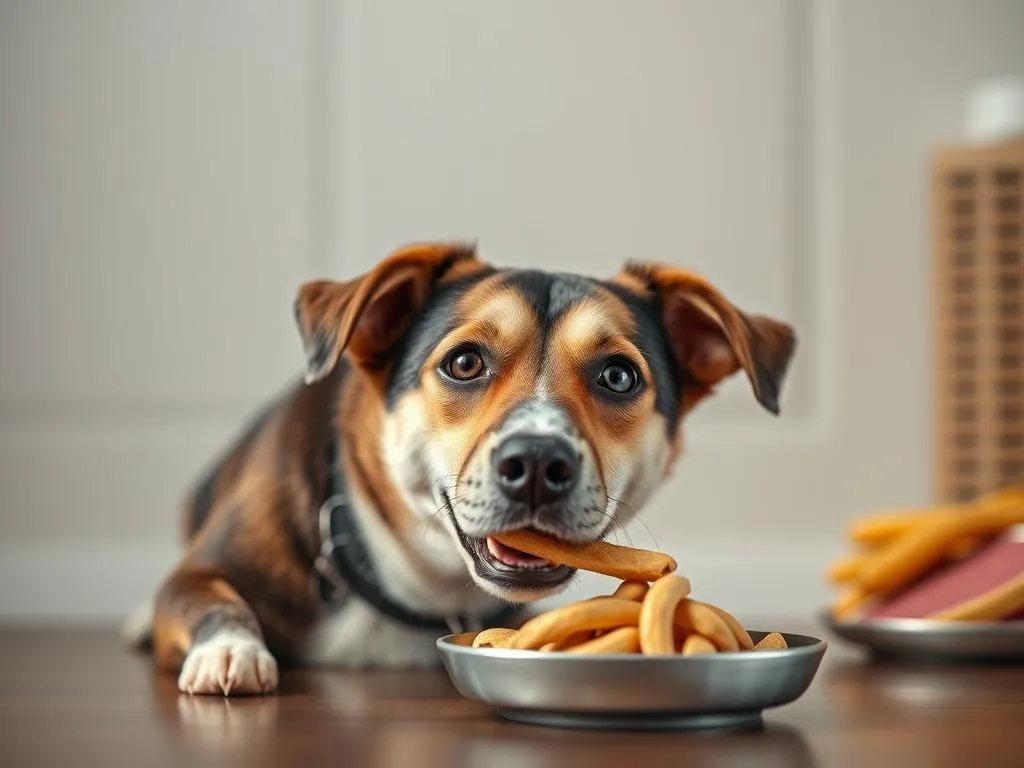
Introduction
Teaching your dog to wait for food is not just about controlling their excitement; it’s a fundamental skill that promotes patience and discipline. By instilling this behavior, you can improve your dog’s overall behavior and make mealtime more enjoyable for both you and your furry friend. Moreover, understanding how to teach a dog to wait for food can lead to a more harmonious relationship with your pet, especially during meal times when excitement can easily escalate.
Understanding Your Dog’s Behavior
The Psychology of Dogs
Dogs are inherently driven by their instincts, and one of their most powerful instincts is the desire to eat. When they become hungry, their behavior can shift dramatically, leading to impatience, jumping, or even barking. Recognizing that these behaviors stem from their natural instincts is crucial to effectively training them.
Common Issues with Food-Related Behavior
Food-related behaviors can manifest in several ways, ranging from overly excited barking to aggressive posturing when food is present. These behaviors can be disruptive not only during meal times but also in daily interactions. Addressing these issues through training can make mealtimes more peaceful and enjoyable, establishing a routine where your dog understands they must wait before they eat.
Preparing for the Training Session
Choosing the Right Environment
Creating a suitable environment for training is essential. Select a distraction-free zone where your dog feels calm and secure. Avoid high-traffic areas or places where other pets may disrupt the session. Additionally, consider the time of day when your dog is least likely to be overly excited or distracted.
Gathering Necessary Supplies
Before you begin, gather all the necessary supplies to facilitate a smooth training session. You’ll need:
- A food bowl and your dog’s regular food
- Treats for positive reinforcement
- A clicker or marker for training (optional)
Having everything ready will help maintain focus during the training process.
Step-by-Step Guide to Teaching Your Dog to Wait for Food
Setting the Stage
Start by creating a calm atmosphere before feeding. Place the food bowl down, allowing your dog to see it but not access it immediately. Introduce the “wait” command in a clear and firm tone. This verbal cue will become crucial throughout the training process.
Initial Training
Begin teaching the “wait” command using treats. Hold a treat in your hand, and when your dog starts to move towards it, close your hand and say “wait.” The moment they stop moving or look away, reward them with the treat. Timing is critical here; the reward must come immediately after the desired behavior to reinforce the association.
Gradual Reinforcement
Once your dog understands the command, gradually increase the wait time. Start with just a few seconds and slowly extend it as your dog becomes more comfortable. Positive reinforcement is key—each time they successfully wait, reward them immediately. This reinforces the behavior and encourages them to repeat it.
Adding Distractions
To strengthen the training, incorporate mild distractions. For example, have another family member walk by or create a small noise. This will help your dog learn to remain focused despite distractions. If they break the wait command, calmly guide them back and repeat the process. Gradually introduce more challenging distractions over time.
Real-Life Application
Once your dog has mastered the “wait” command in a controlled setting, practice during meal times. Place the food bowl down and give the command. It’s important to remain consistent. If they wait successfully, reward them immediately. If they don’t, gently redirect them and try again. This real-life application will help solidify the behavior in their daily routine.
Reinforcement Techniques
Positive Reinforcement
Rewarding good behavior is vital. Use various rewards like treats, praise, or even playtime to reinforce your dog’s success. This motivates them to continue practicing the “wait” command.
Consistency is Key
Establish a consistent routine when training your dog. Make sure everyone in your household understands the training process and uses the same commands and rewards. Consistency will help your dog learn more effectively.
Patience and Persistence
Every dog learns at their own pace, so patience is essential. Celebrate small victories along the way, whether it’s holding a wait for a few extra seconds or successfully managing a distraction.
Addressing Common Challenges
Dogs Who Struggle to Wait
Some dogs may struggle with the “wait” command due to excitement or anxiety. Signs that your dog may need extra help include excessive barking, jumping, or inability to focus. If this is the case, consider breaking the training into smaller, more manageable steps, and always reward even the slightest progress.
Setbacks and How to Overcome Them
Setbacks in training can be common, especially if your dog becomes frustrated or distracted. If you notice your dog regressing, take a step back and evaluate your training approach. It may be beneficial to revisit earlier steps or reduce distractions further until they regain confidence.
Long-Term Maintenance of the Skill
Integrating the Skill into Daily Life
Once your dog has mastered waiting for food, integrate this behavior into daily routines. You can use the “wait” command before going for walks or before they receive toys or treats. This reinforces the skill beyond just mealtime.
Regular Reinforcement
Schedule regular training sessions to reinforce the skill. Even after your dog has learned the command, consistent practice is essential for maintaining their ability to wait patiently.
Monitoring Behavior Over Time
Keep an eye on your dog’s behavior over time. If you notice any regression or if they begin to exhibit impatience again, revisit the training steps. Adjustments may be necessary to keep their skills sharp.
Conclusion
Teaching your dog to wait for food is a rewarding process that fosters patience and discipline. Not only does it enhance your dog’s behavior, but it also makes mealtime more enjoyable for everyone involved. Remember to be patient and consistent throughout the training process. Utilizing positive reinforcement will yield the best results, ensuring that your dog understands the value of waiting. By taking the time to train this essential skill, you’re investing in a more harmonious and respectful relationship with your furry companion.









